Chris Grinter, 30. mája, 2010 Pre zriedka znovu objavuje kvíz séria, Tu je nový obrázok. Kto je to mora?
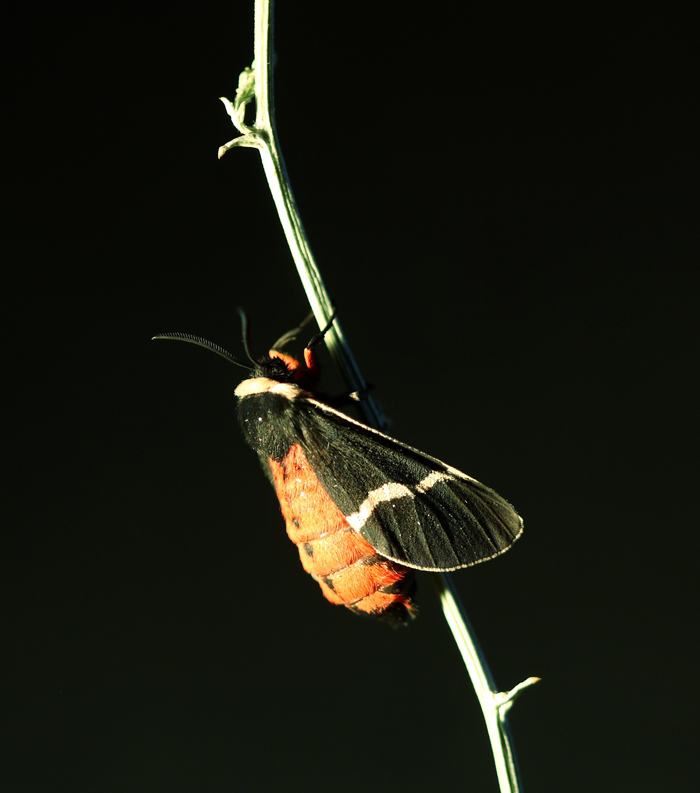
Chris Grinter, Na 25 máji, 2010 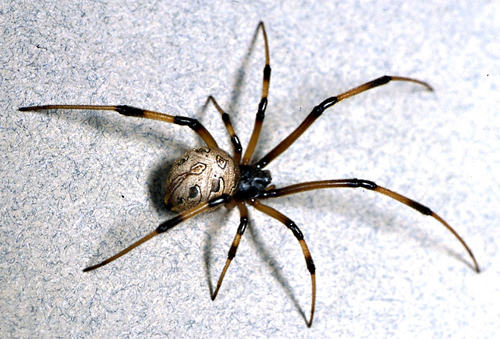
Pre tých Kalifornčania čítanie, najmä tých, na juhu, dávať pozor na tohto krásneho malého pavúka, Latrodectus geometricus – hnedá vdova. Arachnologists at UC Riverside are monitoring the spread of this invasive species. Je iróniou, že sa ukáže, že nie je tak nebezpečné ako naše rodné čierna vdova. Avšak, it is not from ’round these here parts (should be said in your best southern twang). If you find a specimen, especially if you’re not in LA/Orange/SD counties, you should contact the team at UCR.
Chris Grinter, Na 25 máji, 2010 S Kórea balansuje na hrane horúcej vojny, ekologická katastrofa rozsiahle pomere a občianske nepokoje na Jamajke (niekto harshed ich Mellow) – len aby sme vymenovali aspoň niektoré z dnešných novín z iných zdrojov – CNN berie čas na páperie svoju titulnú stranu.

Zvyčajne som trochu nadšený, keď som narazil podobné články preto, že som vždy nádej pre niečo tak absurdné, že má byť prerokovaný. Našťastie CNN je prevádzkovaný tímy opitých kosmáčov, ktorí chceli vrhnúť kecy na nás. Pred Skeptický Moth epochy by som sa podeliť o odkazy na titulnú stránku príbehy o zisteniach Bigfoot, Chupacabra a cudzinci len s pár priateľmi alebo šíriť okolo Facebook. Teraz som si zosmiešniť CNN na stránke archivované v médiu.
Ja proste nechápem zmysel tohto článku. John Blake nezaoberá vysvetlenie pre tento jav, ponúkajú názor, alebo klásť žiadne otázky. Iste, pýta sa, či Boh skutočne zaujíma, kto vyhrá, ale táto otázka nie je o nič viac platný než sa pýtať, či môj pes (i fiktívne) stará akom aute jazdím (pokiaľ Samozrejme to je psychický! Seriously…ľudia veria, že toto). Keď som čítal články takhle mám pocit, ako keď som triedenie papiere strednej školy anglickej triede. Neexistuje žiadny novinárskej integrity, inteligentné stanovisko alebo faktický základ pre čmárať – tam sú len pekné obrázky a slová ich ilustrujúci. Nastavenie celú modlitbu a vieru problém stranou; športovci vždy bol známy pre ich povery (another). The “Prijatie reč” jav nepochybne patrí do tejto kategórie. Po dosiahnutí štatisticky malý výsledok (viď horúce ruky), oni sa bojí Boha zabúdania v strachu zo straty svojej schopnosti magicky (nie nutne vedome). Z nejakého dôvodu Blake bráni tento článok iba na šport – Možno, že je zámerne hrá do masívnej demografickej amerických športov milujúceho, bud-light Swilling, Kresťania – ale je jasné, to je reoccurring téma. V každom slávnostnom odovzdávaní cien Boha, Ježiš alebo Boh je zvyčajne v hornej časti poďakovanie zoznamu. Zabudnite na všetku tú tvrdú prácu a talent môžete mať, to bolo niečo alebo niekto iný. Opúšťať všetky racionálne myšlienky na mystické bytosti je nebezpečná vec. Toto myslenie je ten istý, ktorý umožňuje závislí na vine nikoho iného ako sami seba (aj keď závislosť je čiastočne hard-káblové), verí v liečení vierou, začať svätú vojnu, alebo nechať katolícku cirkev obviňovať diabla.
CNN bliká svetla a cinkajúce kľúče po lícach svojich čitateľov. Obvykle Nechám to na Fox News urážať moju inteligenciu, ale som rád, že mám na výber na tomto trhu.
Chris Grinter, 24. mája, 2010 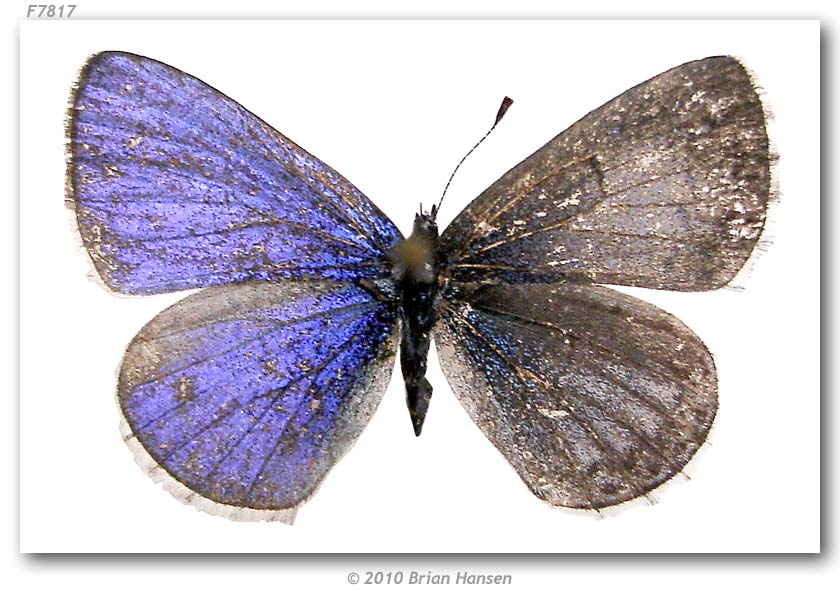
Raz za výskyt celoživotné, a bilateral gynandromorph. Stručne povedané, závada počas diferenciácie buniek vytvára asymetrické chromozóme vzory, čo vedie k asymetrickým pohlavia expresiu v dospelej hmyzu. Ak ste klikli na odkaz vyššie, tak urobiť, je to vynikajúci popis s niektorými úžasné fotografie.
Späť na motýľa. I was in the field this March just above the middle fork of the American River on the hunt for Xanthothrix, with me was Brian Hansen and Bob Patterson. Bob and I were on a mission, to locate a remote patch of Coreopsis high on serpentine soils, and to find our rare little moth. Brian came along to enjoy the day and explore the butterfly fauna. While Bob and I hiked ahead anxious to see if the days hike would be worth it, Brian stopped frequently to net passing leps. It was probably less than an hour out from the car when we hear form behind us on the trail “Hey guys… I think I just caught a gynandromorph!!!” OK, I was skeptical. Bob and I approached to see Brian holding a little blue in his hand, which unmistakably, was a bilateral gynandromorph. I was blown away. Bob has over 50 years of experience as an avid lepidopterist and has never seen one of these in the wild. To make this feat even more impressive, this small blue butterfly is one of the commonest insects in the American west in the spring. Today, they were puddling in great numbers along the trail, and I hadn’t even stopped to blink at one. Brian just netted a one in a million catch. Perhaps it is the curse of a jaded lepidopterist that will keep me from such once in a lifetime discovery; but I know I will be looking closer at even the commonest butterfly as it wings by me.
So as you can see the butterfly is exactly half male and half female (the right side is female). If you look very closely you can even see a perfect vertical line bisecting the body if the insect (looks like a photoshop edit almost), gynandromorphism after-all is expressed throughout the entire body and even the genitalia are contorted into strange shapes.
The specimen is in Brian Hansen’s personal collection, and you can find the images hosted on the Butterflies of America website.

Chris Grinter, 23. mája, 2010 
Prirodzene, bolo to pomenované Phallus drawsii. Toto pochádza zo zoznamu top 10 pomenovaný druh v 2009, splnené Arizona State University (nie je moc dobrý zoznam, ak 7 z mojich nových druhov neboli tam…). Zatiaľ čo ja sa skôr vyhýbam falickým a O’Keeffesque botanika, tomuto som nemohol odolať, pretože bol pomenovaný po niekom z mojej vlastnej inštitúcie. DR. Robert Drewes teraz má po ňom pomenovanú malú falickú hubu (s dovolením). Taxonómia humor v práci.
Chris Grinter, 18. mája nasledujúceho, 2010 
Has just been posted over at Chrobáci v buši. Choďte a objavovať najnovšie mora karneval, zhromažďovanie blogov, ktoré uvádzal mory v jednej ceste alebo iný za posledný mesiac alebo tak nejako.
Chris Grinter, 18. mája nasledujúceho, 2010 Správy z Indie, butterfly fotograf bol unesený. Miestne parku úradník, ktorý bol na návšteve na severe východnej provincii Arunáčalpradéš odfotil v noci gang ozbrojených mládeže-rebelmi. Úsilie sa ho nájsť je obmedzovaný počasie a vzdialené terénu. India has recently become one of the most difficult countries to conduct research in, and now we are all reminded of its continuing history of violence. Often it is within the remote and wild portions of a developing country that harbors both stunning biodiversity and militant dissidents. While in Ecuador my group kept an eye out for Columbian FARC rebels who may have strayed across the border; thankfully it was only a minute possibility they would be there in the first place, and nothing was seen. I think some of my most harrowing field work has been along the US-Mexican boarder states and in Mexico itself. Drug runners would rather shoot you before asking you to move out of their way, and roaming banditos were responsible for a murder of a colleagues friend in Oaxaca years ago. Niet divu, the lure of untapped biodiversity keeps pulling us in. Stay safe in the field!
Chris Grinter, 5. mája, 2010 Počas predĺženého víkendu budem v teréne. Zostaňte naladení na neuveriteľné príbehy (žiadny humbuk tu…).
Aj keď som preč si nasledujúce z ďalších vynikajúcich bloggerov:
Continue reading Gone Collecting
Chris Grinter, 5. mája, 2010 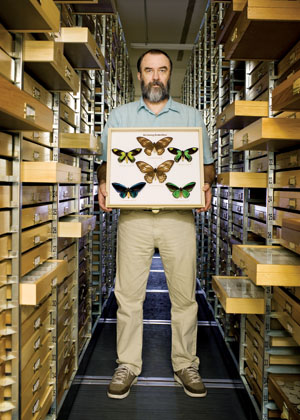 Je dobré hodiť Changeup jeden každý za chvíľu, and this week here is an article that is actually GOOD. Áno, môžete prečítať tu prvýkrát, a positive article about entomology collections. We all need a breather after that Fox news fiasco with the Michigan State collection. The Honolulu Magazine does a really great job (hey… I knew that title sounded familiar… it’s a book by May Berenbaum) and they actually seem to get it. There are some great quotes from Dr. Neal Evenhuis (pictured) and Shepherd Myers; go read about the Bishop Museum’s collections and the awesomeness of being an entomologist on one of the most beautiful places in the world. V skutočnosti, Neal, need a curatorial assistant? Je dobré hodiť Changeup jeden každý za chvíľu, and this week here is an article that is actually GOOD. Áno, môžete prečítať tu prvýkrát, a positive article about entomology collections. We all need a breather after that Fox news fiasco with the Michigan State collection. The Honolulu Magazine does a really great job (hey… I knew that title sounded familiar… it’s a book by May Berenbaum) and they actually seem to get it. There are some great quotes from Dr. Neal Evenhuis (pictured) and Shepherd Myers; go read about the Bishop Museum’s collections and the awesomeness of being an entomologist on one of the most beautiful places in the world. V skutočnosti, Neal, need a curatorial assistant?
Chris Grinter, 4. mája, 2010
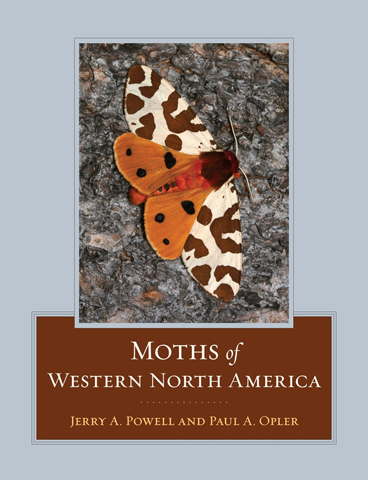
Pre tých, ktorí si nie sú vedomí, Nová kniha hit na trhu na konci minulého roka. “Mory západnej Severnej Ameriky“, Powell a Opler. Na iba $95 je to stojí za každý cent (alebo $75 pre e-knihy, ale neznášam e-kníh). It’s a remarkable tome and the first of its kind for the western states. Not only is it a spectacular reference, but it sets the bar for all insect books. Nie, not every moth in the west is in there (that would break my desk and wallet at over 6,000 druh), but almost one of every genus and common or remarkable species has a photograph, life history and distribution. Most importantly it covers microlepidoptera. I grew up on the eastern counterpart, Moths of Eastern North America by Covell. I had two copies, one for the field and one for my desk – and had to replace the field copy at least once. It was a great book, but Powell and Opler have run laps around it.
The other good news is you can now access all 1,228 moth illustrations and corresponding data online for zadarmo. Go to CalPhotos and search for Powell, alebo click here. The nice part about this is the somewhat smaller microlep photos in the book are available in high-resolution for better identification. Beautiful addition to the reference and easier than sending everyone a CD.
|
Skepticizmus
|









